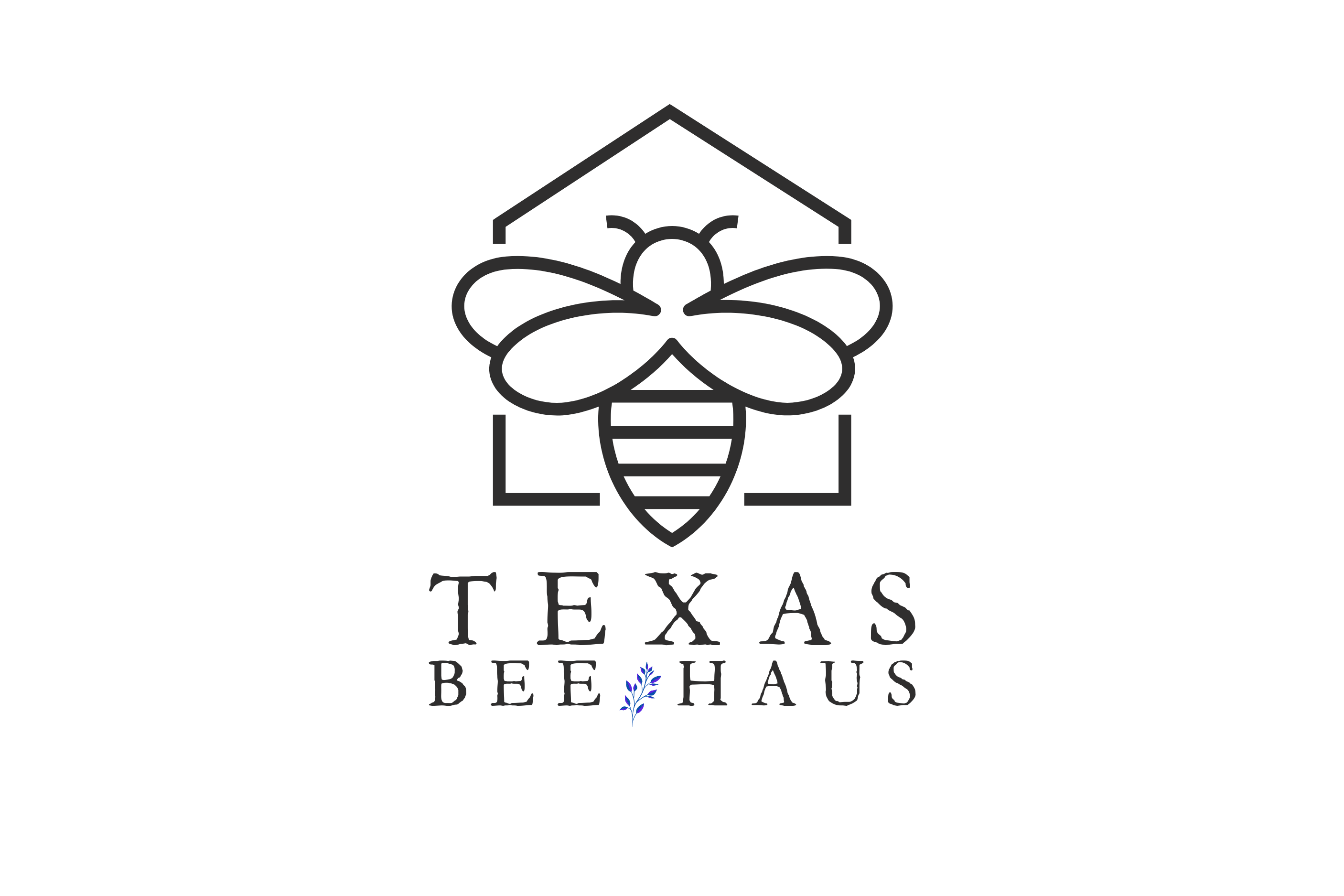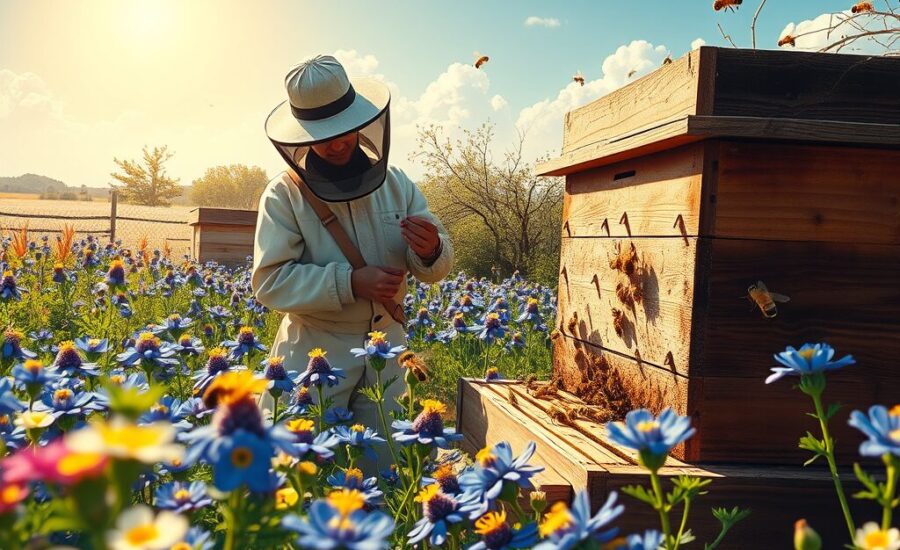Beekeeping is a fascinating and fulfilling activity, but it requires a year-round commitment, even in the relatively mild climate of South Texas. Unlike regions with harsh winters, South Texas beekeepers enjoy an extended beekeeping season thanks to our warm weather and diverse nectar sources. However, each month presents its own set of tasks and challenges. Here’s a month-by-month breakdown of the beekeeper’s schedule, along with insights into what beekeepers do during the slower winter months.
January: Preparing for Spring
Though it’s technically winter, South Texas beekeepers are already thinking ahead to spring. The mild climate means bees can remain active, so regular hive checks are essential. Beekeepers focus on ensuring colonies have enough food reserves and monitor for signs of pests like varroa mites. Equipment maintenance and repair also take center stage, as this is the last quiet period before the busy season begins.
February: Early Brood Rearing
As temperatures begin to warm, queen bees ramp up egg-laying. Beekeepers monitor hive activity closely to ensure the colonies are healthy and growing. Supplemental feeding with sugar syrup or pollen patties may be necessary if natural food sources are scarce. This is also the time to prepare for the possibility of early swarming.
March: Swarm Prevention and Hive Expansion
By March, wildflowers like bluebonnets are starting to bloom, providing bees with abundant nectar. However, this increased activity can lead to swarming. Beekeepers take steps to prevent swarming by adding extra hive boxes (supers) to accommodate the growing colony and possibly splitting strong hives to create new ones. Regular inspections are crucial.
April and May: Peak Honey Flow
Spring is the busiest time of year for South Texas beekeepers. Colonies are thriving, and honey production is in full swing. Beekeepers focus on harvesting honey, ensuring hives have adequate ventilation, and continuing to monitor for pests and diseases. This is also a great time to assess queen health and replace underperforming queens if necessary.
June and July: Managing Summer Heat
As temperatures climb, hive management shifts to protecting bees from extreme heat. Beekeepers ensure hives have plenty of water sources nearby and use shading techniques to keep colonies cool. Honey harvesting continues, but beekeepers leave enough reserves to sustain the bees during periods of drought or nectar dearth.
August: Preparing for the Fall Flow
By late summer, nectar sources can become scarce, putting stress on the colonies. Beekeepers provide supplemental feeding if necessary and begin preparing for the fall honey flow. Hive inspections focus on ensuring colonies remain strong and healthy.
September and October: Fall Honey Flow
The fall blooming of goldenrod and other wildflowers provides bees with a second wave of nectar. Beekeepers harvest the final honey of the season and assess the strength of their colonies. Preparing for winter becomes a priority, with steps taken to ensure hives have adequate food stores and protection from pests.
November and December: Winterizing the Hives
In South Texas, winters are mild, so bees often remain active. However, beekeepers use this time to reduce hive entrances to keep out cold drafts and pests, such as small hive beetles. These months are also a time for reflection and planning. Many beekeepers repair equipment, bottle and sell honey, and attend workshops or community events to expand their knowledge and networks.
What Beekeepers Do in the Winter
While winter may seem like a slow period for beekeeping, it’s far from idle. Beekeepers in South Texas use the quieter months to prepare for the upcoming season. Tasks include:
- Equipment Maintenance: Repairing and cleaning hive tools, frames, and supers.
- Planning: Reviewing hive performance from the previous year and making plans for growth.
- Education: Attending workshops, reading up on new beekeeping techniques, or connecting with local beekeeping communities.
- Marketing: Bottling honey and other bee-related products for sale at local markets or online.
Unique Challenges for South Texas Beekeepers
Beekeeping in South Texas comes with its own set of challenges. The warm climate allows pests like varroa mites and small hive beetles to thrive year-round, requiring constant vigilance. Additionally, extreme heat and occasional droughts can strain colonies and reduce nectar availability. Despite these challenges, the region’s diverse flora and long growing season make it an excellent place for beekeeping.
Conclusion
The life of a beekeeper in South Texas is a rewarding, year-round endeavor. By staying in tune with the seasonal needs of their colonies, beekeepers ensure the health of their bees and the quality of their honey. Whether you’re a seasoned beekeeper or just starting, understanding the rhythm of the beekeeper’s calendar is key to success. So gear up, stay prepared, and enjoy the sweet rewards of beekeeping!
SEO Keywords: South Texas beekeeping, beekeeping schedule, beekeeping tasks, beekeeping in South Texas, honey production, hive management, South Texas honey, seasonal beekeeping guide, beekeeping tips, year-round beekeeping.




Need to buy some queen bees
We don’t sell queens, but we buy ours from Charlie Bee Company. I would also recommend Bee Weaver Queens or looking at The Bee Supply as I think they still have queens for sale.